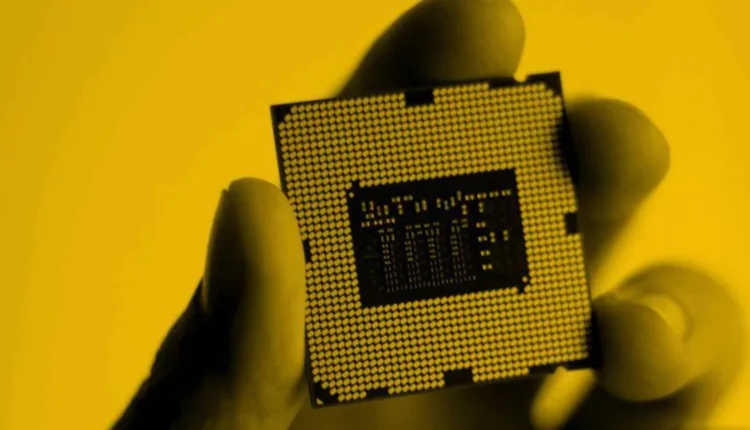©2021 Reporters Post24. All Rights Reserved.
NEW YORK – China’s semiconductor industry has lagged the US in patents and lagged South Korea and Taiwan in fabrication, but it hopes to leapfrog its competition by adopting revolutionary new chip design technologies.
Advanced chips used in 5G smartphones and some workstations squeeze billions of transistors onto a fingernail-sized chip by shrinking the dimensions of the transistor itself to 3 to 5 nanometers. Most chips have gate widths of 28 nanometers and higher. Etching tiny circuits on silicon is enormously difficult.
Only the Dutch manufacturer ASML makes the lithography machines that use the short wavelengths at the extreme end of the ultraviolet spectrum to shrink transistors to such tiny dimensions. And the fabrication plants are extremely expensive, costing up to US$20 billion each.
In 2020, the US forced the Dutch government to ban exports of ASML’s most sophisticated lithography machines to China. ASML uses American intellectual property, giving Washington leverage.
But ASML continued to sell its previous generation of lithography equipment, which etches 14-nanometer transistors using “deep ultraviolet” (DUV) light. China bought 81 such machines in 2021 alone.
China’s largest fabricator, Semiconductor Manufacturing International Corp (SMIC), now produces 14-nanometer chips. With 5% of the world’s fabrication market, SMIC lags its Taiwanese and Korean competitors but it is expanding rapidly.
As Scott Foster and Jeff Pao reported in Asia Times, Washington last month asked the Dutch government to stop ASML from selling the older DUV machines to China as well.
Semiconductor Industry executives told Asia Times that the Dutch would not accede to the American demand. ASML’s China sales exceeded $2.7 billion in 2021, including the 81 DUV lithography machines.



